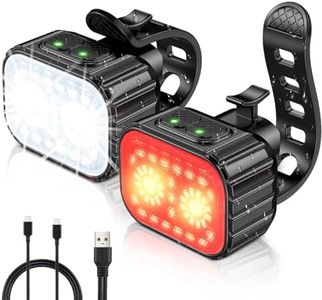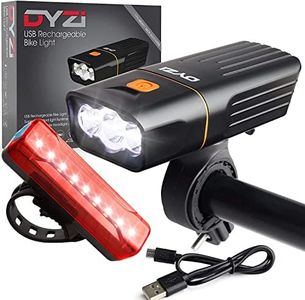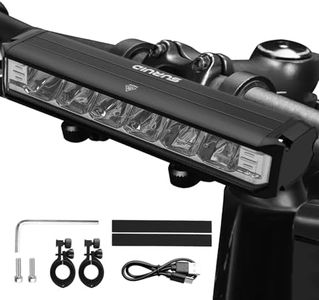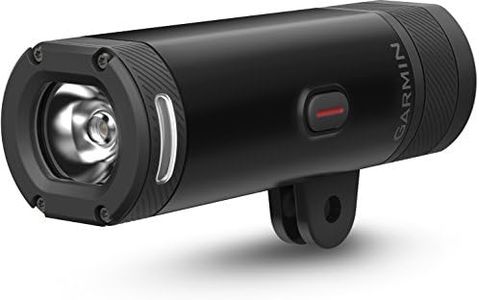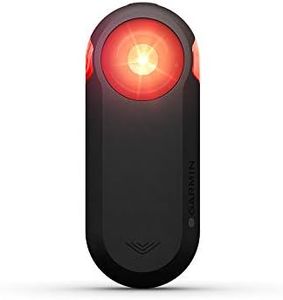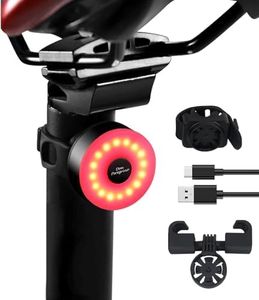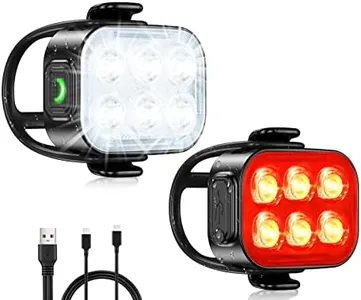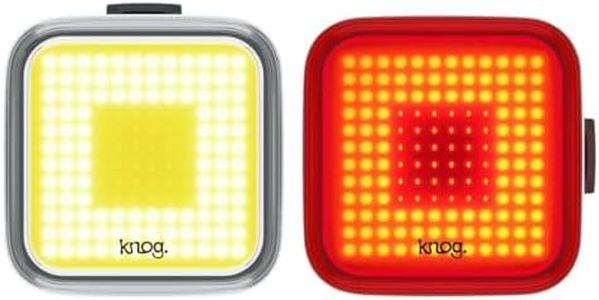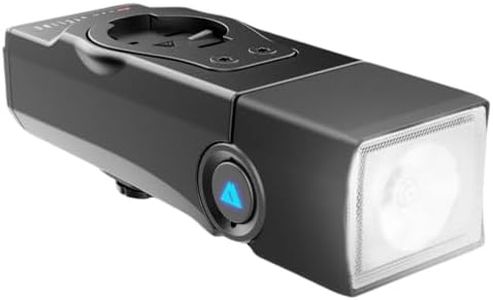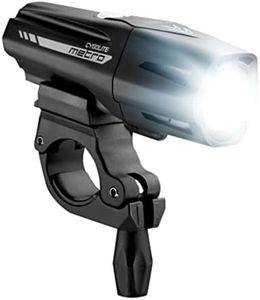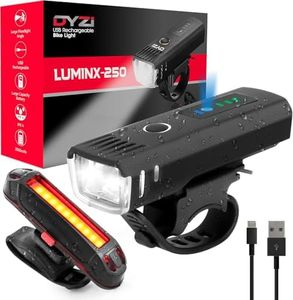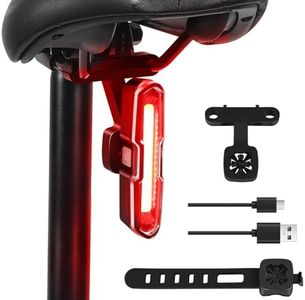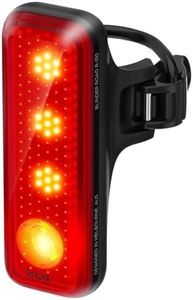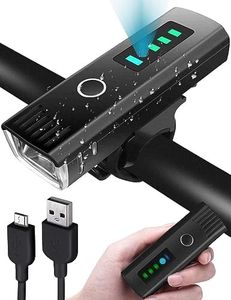We Use CookiesWe use cookies to enhance the security, performance,
functionality and for analytical and promotional activities. By continuing to browse this site you
are agreeing to our privacy policy
10 Best Bicycle Lights
From leading brands and best sellers available on the web.Buying Guide for the Best Bicycle Lights
Choosing the right bicycle light is crucial for both your safety and visibility when riding in the dark or low-light conditions. It's not just about having any light, but about finding the one that fits your riding habits, where you ride, and how visible you need to be to both yourself and others. Understanding the key features will help you make an informed decision so your rides can be safer and more enjoyable.Brightness (Lumens)Brightness is measured in lumens and tells you how much light the bicycle lamp emits. Higher lumens mean a brighter light, helping you see further ahead and be more visible to others. For urban riding where there is street lighting, a lower lumen value is enough (around 100-300 lumens), while countryside or off-road routes with less ambient light require much higher values (over 500 lumens). Choose a light that's bright enough for where you'll ride most, but remember that higher brightness usually reduces battery runtime.
Beam PatternThe beam pattern describes how the light spreads out from your lamp — whether it's a narrow focus that reaches far or a wide spread that lights up everything around you. A focused beam is good for fast riders or dark trails because it lights up further ahead, while a wide pattern is better if you ride slowly, in traffic, or want to be seen from different angles. Consider your riding environment so you pick a beam that matches how and where you ride.
Battery LifeBattery life tells you how long your light will run before needing a recharge or battery replacement. Some lights can run for just a couple of hours on high settings, while others can last up to many hours on lower brightness. If you have long commutes or plan to ride for several hours, make sure you pick a light with enough battery life for your typical trip, and always consider if you'll remember to recharge or change batteries frequently.
Mounting SystemThe mounting system decides how easily you can attach and remove your bike light. Some lights use flexible straps that are simple to take on and off, while others have fixed mounts for a more secure fit. If you'll be moving your light between bikes or removing it to prevent theft, you'll want easy-to-use, tool-free mounts. But if you need a secure, sturdy fit for rough terrain, look for more robust mounting options.
Light ModesLight modes refer to the different ways the light can operate, such as steady, flashing, or varying brightness levels. Flashing modes can increase your visibility to others, especially in traffic, while steady modes are best for seeing the road ahead. Multiple modes let you adapt the light to different conditions, so think about whether you'll need more than one mode for different rides.
Weather ResistanceWeather resistance tells you whether your light can handle rain or splashes without failing. Look for a water-resistant or waterproof rating if you'll be riding in wet conditions. If you ride only in dry weather or during the day, this is less critical, but for most users, a weather-resistant light ensures reliability in unpredictable conditions.
